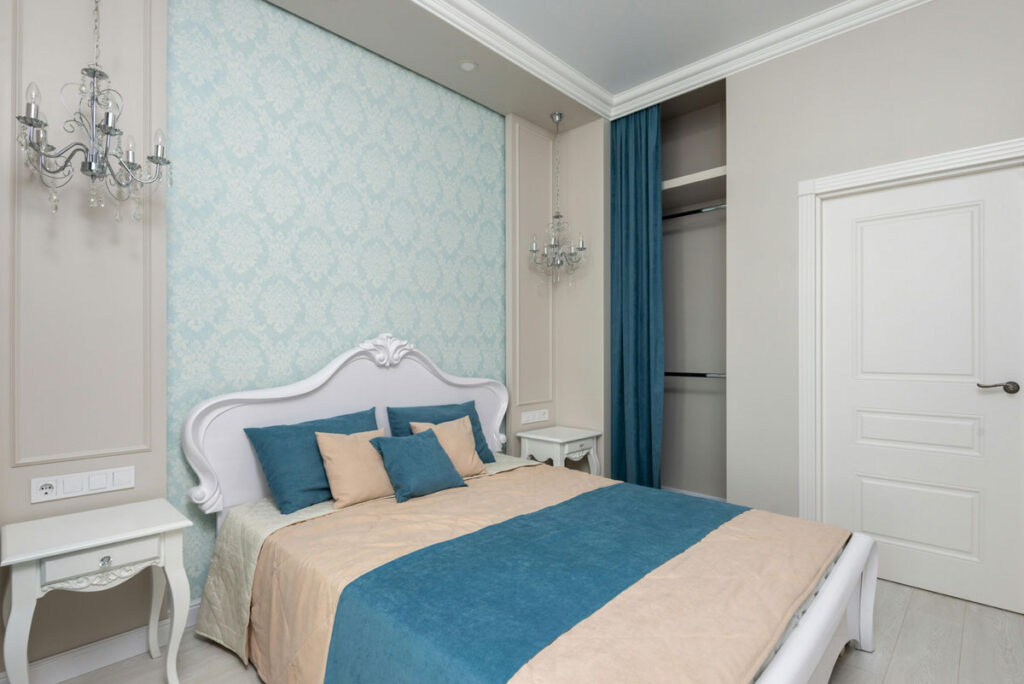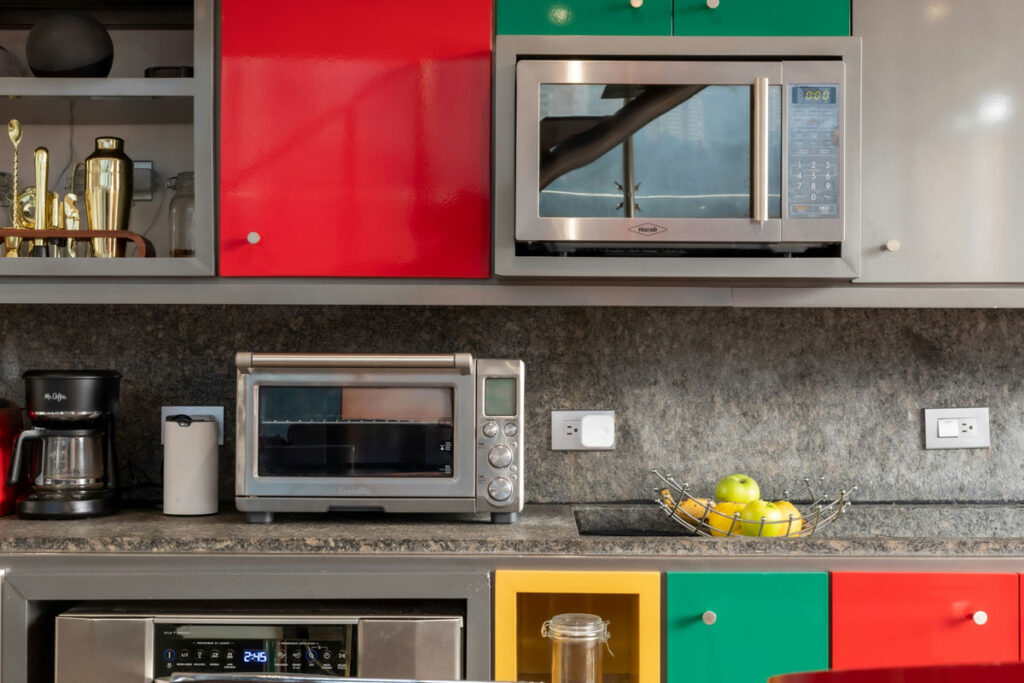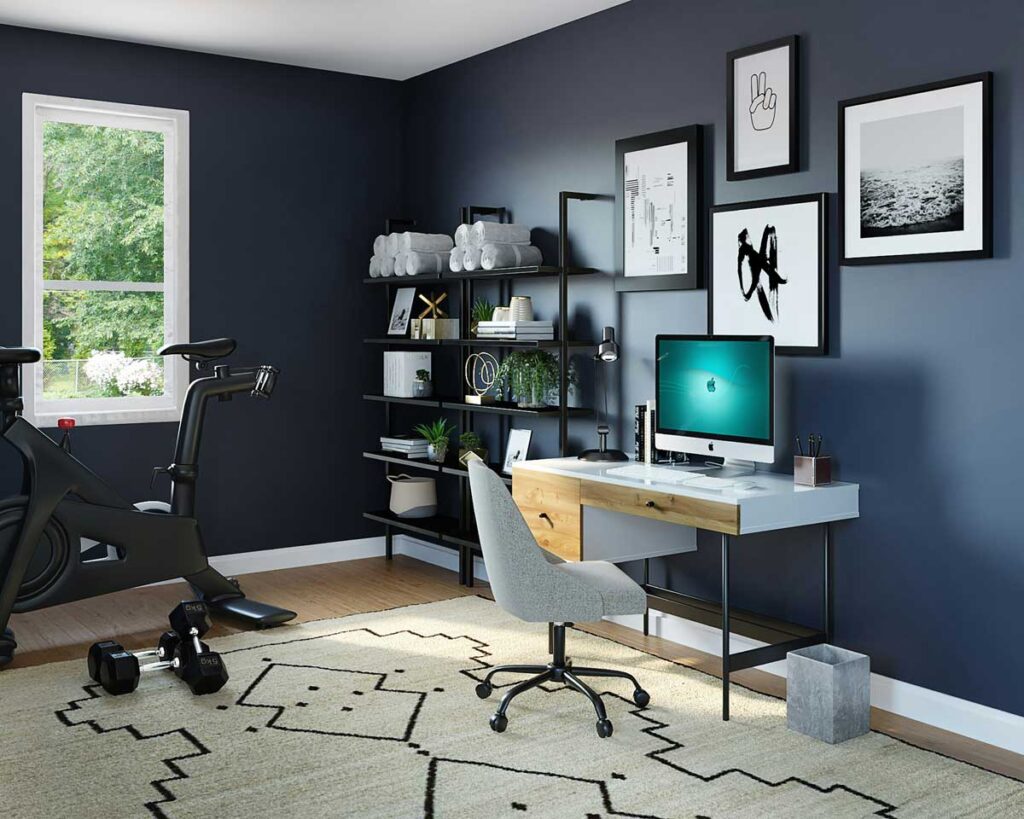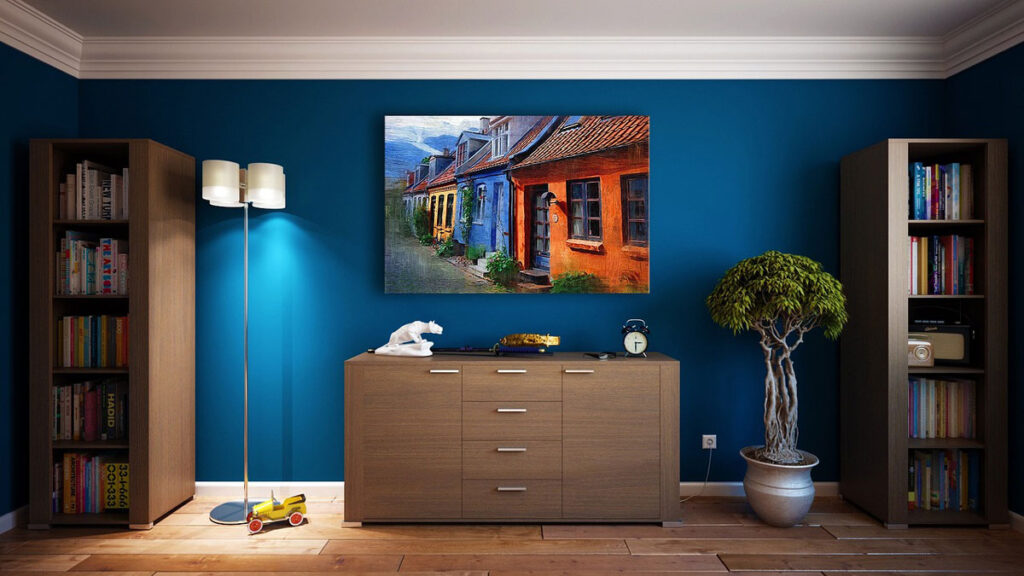When it comes to decorating our homes, we often focus on furniture, textures, and patterns. But have you ever stopped to think about the impact of colour on our mood, emotions, and overall well-being? Colour psychology is a fascinating field that explores the emotional effects of different colours on our minds and behaviour. And when it comes to wall art, choosing the right colours can make all the difference in creating a harmonious and inviting space.
Hey there, If you’re like most of us, you’ve probably spent countless hours searching Pinterest for the perfect wall art to breathe life into your home. But have you ever paused to think about the colors in those pieces and how they might be affecting you? That’s right—colour psychology isn’t just some fancy term; it’s a powerful tool that can transform your living space into a sanctuary. Today, we’re diving into the fascinating world of colour psychology in wall art and how you can use it to create the perfect vibe in your home.

Why Colour Psychology Matters
Before we jump into the nitty-gritty, let’s talk about why you should care about colour psychology. Colors are more than just visual stimuli; they can influence your mood, behavior, and even your mental health. This isn’t just woo-woo science—there’s plenty of research backing this up. When you choose the right colors for your wall art, you’re not just decorating; you’re setting the tone for your entire home environment.
The Basics of Colour Psychology
To get started, here’s a quick rundown of what different colors generally represent and how they can affect your mood:
- Red: Exciting and intense, red can increase energy levels and passion. It’s perfect for spaces where you want to feel energized, like the living room or kitchen.
- Blue: Known for its calming effects, blue can reduce stress and create a sense of peace. It’s ideal for bedrooms or any area where you want to unwind.
- Yellow: Bright and cheerful, yellow can lift your spirits and make you feel happy. It’s great for kitchens, dining areas, or any space that could use a little sunshine.
- Green: Balancing and refreshing, green symbolizes nature and can create a serene environment. Use it in living rooms or bedrooms for a harmonious feel.
- Purple: Often associated with luxury and creativity, purple can add a touch of sophistication and stimulate the imagination. Perfect for offices or creative spaces.
- Orange: Energetic and enthusiastic, orange can boost creativity and make a room feel welcoming. It’s fantastic for social spaces like the living room or home gym.
- Neutral Tones (White, Grey, Beige): These colors are versatile and can create a sense of space and cleanliness. They’re great as base colors that you can build upon with bolder accents.
Choosing the Right Colors for Different Rooms
Now that you’ve got a grasp on what different colors mean, let’s talk about how to apply this knowledge to your wall art choices in various rooms of your home.
Living Room
The living room is often the heart of the home, a place where you entertain guests and spend time with family. Here, you might want to go for a mix of stimulating and relaxing colors. Consider wall art that incorporates reds, oranges, or warm yellows to encourage conversation and energy. Pair these with calming blues or greens to keep the space from feeling too overwhelming.

Bedroom
Your bedroom is your sanctuary, a place to relax and recharge. Blues, greens, and soft purples are excellent choices here. They promote relaxation and can help you unwind after a long day. Opt for wall art with these colors to create a peaceful, serene environment. Think landscapes, abstract pieces, or even photography that soothes the soul.

Kitchen
The kitchen is often a bustling hub of activity. Bright and cheerful colors like yellow and orange can make this space feel lively and welcoming. These colors can stimulate appetite and conversation, making mealtime a joyous occasion. Consider wall art featuring fruits, culinary themes, or abstract designs in these vibrant hues.

Home Office
In your home office, you want to foster productivity and creativity. Blue is a great choice as it can help with focus and calmness. Pair it with pops of purple or orange to stimulate creativity and keep the energy flowing. Abstract art, motivational quotes, or nature scenes can all be great additions to your workspace.

Combining Colors for Maximum Impact
One of the most exciting aspects of using colour psychology in wall art is combining different hues to create the perfect ambiance. Here are a few tips for making the most of your color combinations:
- Complementary Colors: These are opposite each other on the color wheel and create a vibrant look when paired together. Think blue and orange, red and green, or yellow and purple. These combinations can make your wall art pop and add a dynamic energy to the room.
- Analogous Colors: These are next to each other on the color wheel and provide a more harmonious look. For example, blue, blue-green, and green can create a serene, cohesive environment. This is perfect for a calming space like a bedroom or reading nook.
- Triadic Colors: These are evenly spaced around the color wheel and offer a balanced, colorful palette. A classic triadic combination is red, yellow, and blue. This approach works well in spaces where you want a balanced yet vibrant look, like a living room or playroom.
Tips for Selecting Wall Art
Selecting wall art isn’t just about picking colors—you also want to think about the style and subject matter that speaks to you. Here are a few tips to keep in mind:
- Go with Your Gut: Choose pieces that resonate with you on an emotional level. If a piece makes you feel happy, calm, or inspired, it’s likely a good choice for your space.
- Consider the Room’s Purpose: Think about what you do in the room and choose art that supports that activity. For example, peaceful landscapes for relaxation areas and vibrant abstracts for energetic spaces.
- Size Matters: Make sure the size of the artwork fits the space. Large pieces can make a bold statement, while smaller ones can add subtle charm.
- Mix and Match: Don’t be afraid to mix different styles and mediums. A gallery wall with a mix of paintings, prints, and photographs can create a visually interesting focal point.
Final Thoughts
Colour psychology in wall art is a fascinating and powerful tool for transforming your home into a haven that reflects your personality and meets your emotional needs. By understanding the basics of how colors affect your mood and how to combine them effectively, you can create spaces that not only look great but also feel just right. So next time you’re out hunting for the perfect piece of wall art, remember to think beyond the aesthetics. Consider how the colors will make you feel and how they’ll impact the overall vibe of your home. Happy decorating!

